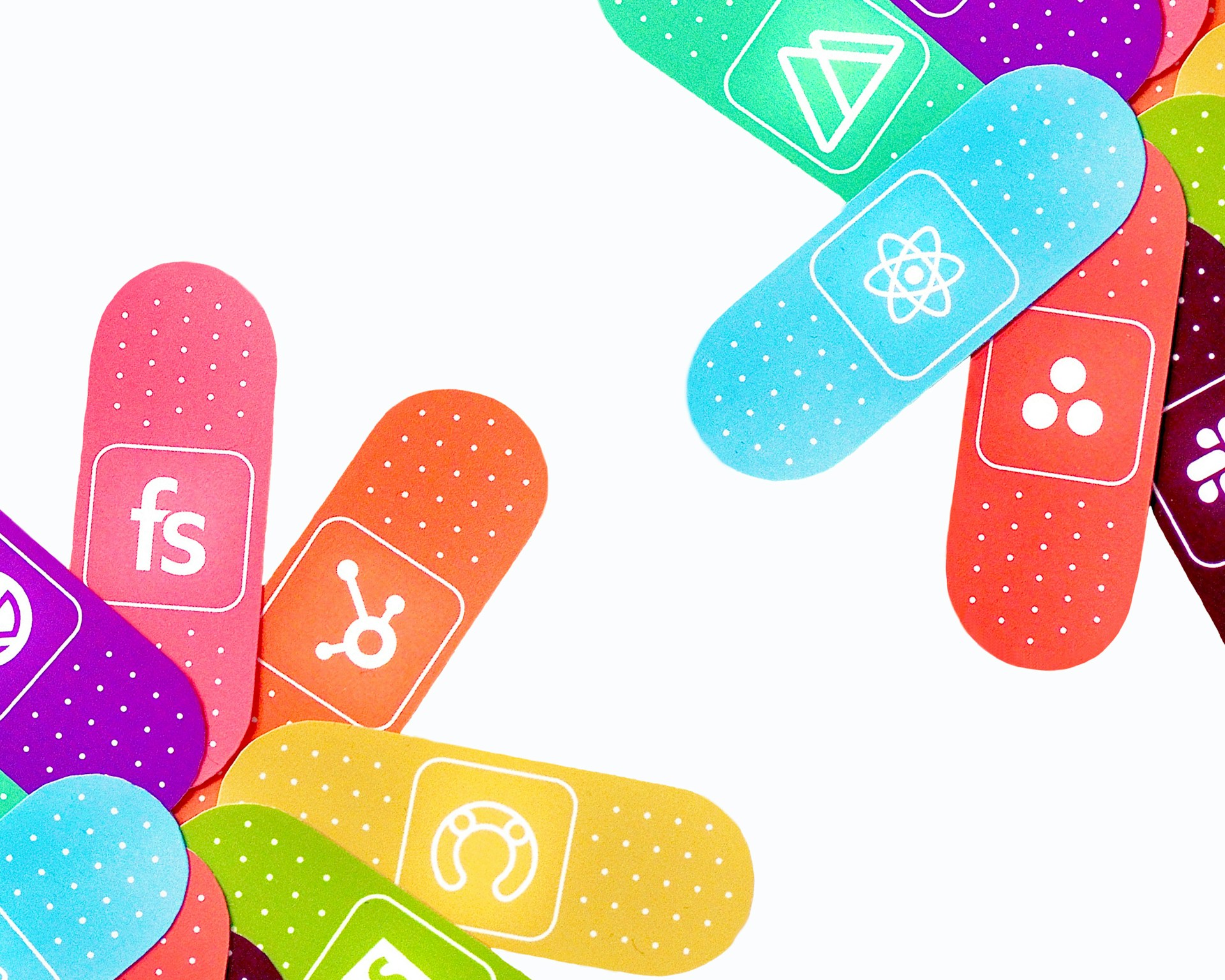1. Introduction: The Power of Engagement
Engagement isn’t just a buzzword; it’s the foundation of successful, long-term business relationships. In today’s fast-paced, digital world, customers crave genuine connections with the brands they choose. By mastering the art of engagement, you’re not just aiming for a one-time sale—you’re building relationships that drive loyalty, increase customer lifetime value, and reduce acquisition costs. Let’s explore how focusing on engagement can transform your business outcomes, and give you the tools to start engaging right now.
2. Why Engagement Matters: The Financial Benefits
Investing in engagement isn’t just good for customer relationships—it’s smart business. Engaged customers are more likely to buy from you, stick around longer, and recommend your brand to others. Here’s why:
- Reducing Customer Acquisition Costs (CAC): Engaged customers are your best marketers. When they share positive experiences, it reduces the need to spend heavily on attracting new customers.
- Increasing Customer Lifetime Value (CLV): The more engaged a customer is, the more they buy over time. By focusing on engagement, you’re not just making a sale—you’re securing a stream of future sales.
- Boosting Word-of-Mouth Marketing: Happy, engaged customers spread the word, bringing in new business organically.
Quick Win: Run a simple cost analysis. Compare your customer acquisition costs between engaged customers (those who’ve interacted with your brand multiple times) and new customers. You’ll likely see that engaged customers cost less to acquire and bring in more revenue over time.
3. Understanding the Psychology Behind Engagement
Engagement taps into basic human psychology—people want to feel valued, connected, and understood. By leveraging certain psychological triggers, you can create stronger bonds with your audience.
- Social Proof: People are more likely to engage when they see others doing the same. Testimonials, reviews, and user-generated content can boost credibility and encourage participation.
- FOMO (Fear of Missing Out): Creating a sense of urgency or exclusivity can drive people to engage. Limited-time offers or exclusive access can trigger FOMO, making people more eager to connect with your brand.
- Reciprocity: When you give something valuable without asking for anything in return, people feel a natural inclination to reciprocate, whether by purchasing, sharing, or simply engaging more with your brand.
Try This: In your next email campaign, include a testimonial or a user story. Notice if there’s a spike in engagement rates compared to your usual content.
4. Engagement Tactic #1: Offer Value Without Expectation
The first rule of engagement is to give before you get. Offering valuable content or resources without immediately pushing for a sale can build trust and lay the groundwork for a long-term relationship.
- Content Marketing: Share blog posts, videos, or webinars that genuinely help your audience solve a problem or learn something new.
- Free Resources: Offer downloadable guides, templates, or tools that provide real value. When people see that you’re willing to help them without strings attached, they’re more likely to engage and eventually buy from you.
Case Study Spotlight: HubSpot HubSpot grew its brand by offering free tools and educational content to marketers. This strategy helped them build a massive audience, many of whom later converted into paying customers.
Quick Win: Create a simple checklist or template related to your industry and offer it as a free download on your website. Track how many people download it and how many of those leads convert into customers over time.
5. Engagement Tactic #2: Foster Two-Way Communication
Engagement is a dialogue, not a monologue. To build meaningful relationships, you need to encourage and participate in two-way communication.
- Social Media Interaction: Don’t just post content—ask questions, respond to comments, and start conversations. Your audience wants to feel heard, not just talked at.
- Customer Feedback: Regularly solicit feedback through surveys or direct conversations. Let your customers know their opinions matter and that you’re listening.
Case Study Spotlight: Starbucks Starbucks engages with its customers by frequently responding to comments on social media and even incorporating customer feedback into new product offerings.
Quick Win: Post a question on your social media channels and actively engage with every response. Notice how this simple interaction can increase your overall engagement rate.
6. Engagement Tactic #3: Create Personalized Experiences
People love to feel special. Personalization is a powerful tool to show your customers that you understand and value them as individuals.
- Tailored Content: Use data to create content that matches your customers’ interests and needs. Personalized email campaigns and product recommendations can significantly boost engagement.
- Exclusive Offers: Provide special deals or early access to your most engaged customers. This not only rewards their loyalty but also keeps them coming back.
Case Study Spotlight: Amazon Amazon’s success with personalized product recommendations shows how tailored experiences can drive higher engagement and more sales.
Quick Win: Segment your email list based on past behavior and send out a personalized offer or recommendation. Track the open and click-through rates compared to non-personalized emails.
7. Engagement Tactic #4: Build a Supportive Online Community
An online community offers a space where customers can interact with each other and your brand, fostering a deeper connection.
- Choose the Right Platform: Whether it’s a Facebook group, LinkedIn community, or a dedicated forum, select a platform that suits your audience’s preferences.
- Encourage Participation: Regularly post engaging content, start discussions, and encourage members to share their experiences. The more involved they are, the more connected they’ll feel to your brand.
Case Study Spotlight: Glossier Glossier’s success is partly due to its strong online community, where customers share beauty tips, product reviews, and personal stories, building a sense of belonging that keeps them loyal.
Quick Win: Start a small community on your preferred platform and invite your most loyal customers to join. Encourage them to share their experiences and provide value by answering questions or offering advice.
8. Engagement Tactic #5: Share Your Brand’s Story and Mission
Your brand’s story is what sets you apart from the competition. Sharing it helps humanize your brand and creates a deeper connection with your audience.
- Be Authentic: Share the journey of your brand—why you started, the challenges you’ve faced, and the mission that drives you. Authenticity resonates and fosters trust.
- Highlight Your Values: Show how your brand’s values align with those of your customers. This connection can turn casual followers into passionate advocates.
Case Study Spotlight: TOMS TOMS’ “One for One” campaign, where they donate a pair of shoes for every pair purchased, is a powerful example of how sharing your mission can engage customers and build a loyal following.
Quick Win: Write a blog post or create a video that shares your brand’s origin story and mission. Promote it across your channels and encourage your audience to share their thoughts and reactions.
9. Connecting Engagement Tactics to Measurable Outcomes
It’s important to tie your engagement efforts to tangible business outcomes. Here’s how to measure the success of your engagement strategies:
- Track CAC and CLV: Regularly analyze how engagement impacts your customer acquisition costs and lifetime value. As engagement increases, you should see a decrease in CAC and an increase in CLV.
- Monitor Engagement Metrics: Use tools like Google Analytics, social media insights, and email marketing platforms to track engagement. Look for trends in how your audience is interacting with your content and brand.
Try This: Set up a monthly report to track the key metrics tied to engagement, such as social media interactions, email open rates, and customer retention rates. Use this data to refine your strategies.
10. Conclusion: Mastering the Art of Engagement
Engagement is the key to building relationships that last. By focusing on value, communication, personalization, community, and storytelling, you create a strong foundation for long-term customer loyalty. Remember, the goal isn’t just to sell—it’s to build connections that keep customers coming back, reduce acquisition costs, and boost lifetime value. Start implementing these tactics today, and watch as your engagement efforts translate into measurable business success.




